Are Employers Doing Enough for Diversity, Equality, and Inclusion?
While many organisations have implemented diversity, equality, and inclusion (DEI) policies, simply having these policies in place is often where the effort stops. However, a policy alone is not enough to create meaningful change. Employers must go beyond the written word to ensure that these principles are effectively integrated into the workplace culture.
The challenge lies in the gap between policy and practice. A DEI policy might outline the company's commitment to a diverse and inclusive environment, but without actionable steps and ongoing education, it can become little more than lip service. This disconnect can result in a workplace that appears inclusive on paper but fails to provide genuine support and understanding for all employees.
To truly embed DEI into an organisation's culture, there needs to be a concerted effort to educate both leadership and employees. This involves raising awareness about disabilities, neurodiverse challenges, and other forms of diversity that may not be immediately visible. By fostering a deeper understanding of these issues, teams can work together more effectively, ensuring that all employees feel valued and supported.
One key step is providing regular training sessions that go beyond the basics of DEI. These sessions should be tailored to address specific needs within the organisation, focusing on practical strategies for managing diversity and supporting employees with disabilities. This might include workshops on communication techniques, adapting workspaces, or understanding different learning and working styles.
Moreover, it’s essential for organisations to actively engage with their teams in discussions about DEI. Encouraging open dialogue allows employees to voice their experiences and concerns, which can lead to more informed and inclusive decision-making. This proactive approach helps identify potential issues before they escalate and demonstrates a genuine commitment to inclusion.
Organisations should also consider seeking external support and guidance to ensure they are effectively managing diversity and disabilities in the workplace. This might involve partnering with DEI consultants, attending industry seminars, or joining networks that specialise in workplace inclusion. External experts can provide valuable insights and resources, helping to bridge the gap between policy and practice.
In conclusion, having a DEI policy is only the first step toward creating a truly inclusive workplace. Employers must go beyond the policy by educating themselves and their teams, engaging in open dialogue, and seeking external support. By taking these proactive steps, organisations can create a work environment where diversity is not only acknowledged but actively celebrated and supported. This approach will not only foster a more inclusive culture but also drive innovation, productivity, and overall employee satisfaction.
New paragraph












